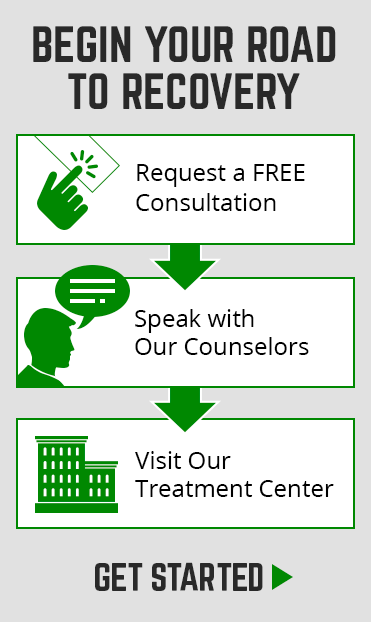
Play hard. Don't Play hurt. Vincera gets you back in the game.
Core Muscle Injury Symptoms
There are so many different types of core muscle injuries, so symptoms can vary widely.
Not everyone will experience the same type of pain, or even the same level of pain. For some, it could be chronic pain in area. For others, it could be shooting pains in multiple areas. It also is possible for the location of the pain to move around the core over the course of time before it is treated.
Early detection of a core muscle injury by a person can help mitigate levels of some symptoms a person may experience.

Common symptoms
With such variety of injury, how can you tell if you have a core muscle injury? You're in luck. There are some common symptoms that could indicate an injury to your core muscles.
- Abdominal or groin pain
- Chest or rib pain
- Heightened pain during and after activity
- Minimal pain while at rest
- Unilateral or bilateral pain
- Fleeting pain that appears or disappears on one or two sides
- Pain that moves from abdomen to groin or thigh
- Increased pain or discomfort with exertion such as sprinting, kicking, sidestepping or light or heavy lifting
- Increased pain or discomfort when coughing, sneezing or turning over in bed
Depending on the severity of your injury, you may find it more difficult to walk or bend forward or sideways. Standing up straight could become more challenging as well. It also could become more challenging with reaching above your head and other such movements that involve your core muscles.
Early detection of a core muscle injury
It is important to consider history and physical examination as two keys in the early detection of an injury to the core.
The pain you're experiencing in the abdominal, groin or thigh area may also affect normal activities such as coughing, sneezing or rolling over in bed. Pain can vary from side to side, depending on your injury, and involve multiple sites of muscle attachments such as the rectus abdominis and adductor muscles. Inflammation of the pubic bone (known as osteitis pubis) sometimes accompanies core muscle injuries and may cause tenderness and pain at the pubic bone.
These could be indications of a core muscle injury and should require visiting a specialist in the field.
LEARN MORE
